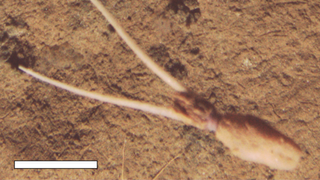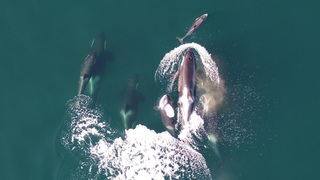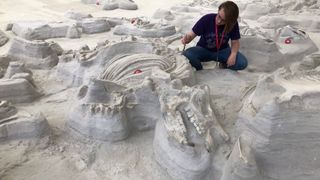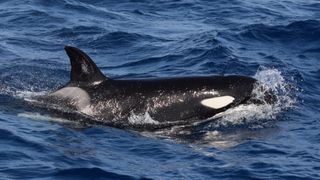Animal news, feature and articles
Explore Animals
Editor's Picks
Latest about Animals
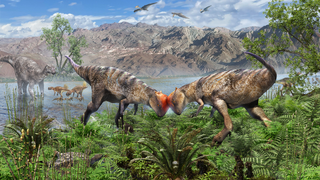
Oldest-known dome-headed dinosaur discovered sticking out of a cliff in Mongolia's Gobi Desert
By Skyler Ware published
The juvenile pachycephalosaurs, which predates the previous oldest dome-headed dinosaur by 15 million years, reveals more about how and when this unusual feature developed.
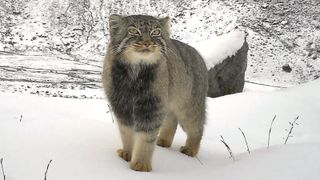
Grumpy-looking Pallas's cat photographed by camera trap in stunning photo from eastern Himalayas
By Lydia Smith published
The Pallas’s cat is just one of several wildcats spotted in Arunachal Pradesh, which also supports snow leopards, common leopards, clouded leopards, leopard cats and marbled cats.
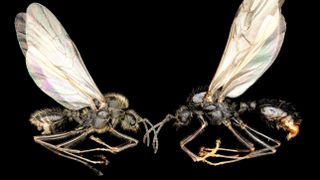
'Almost like science fiction': European ant is the first known animal to clone members of another species
By Sophie Berdugo published
A species of ant found scurrying across southern Europe is the first animal found that clones males of another species.
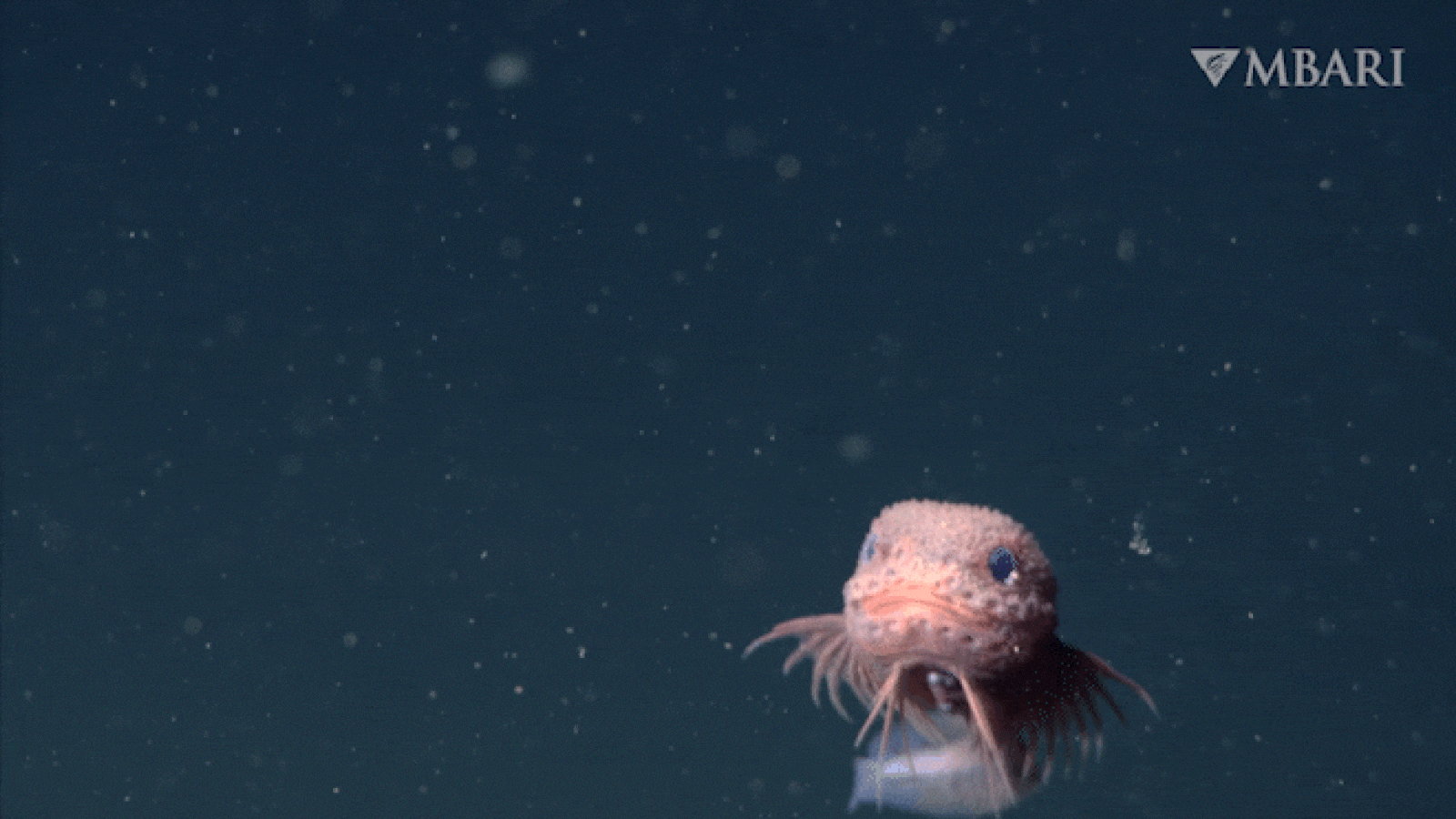
Never-before-seen adorable pink bumpy snailfish with funny little beard filmed in deep canyon off California coast
By Kenna Hughes-Castleberry published
Researchers at the Monterey Bay Aquarium Research Institute used remotely operated vehicles to find three new species of snailfish off the California coast.
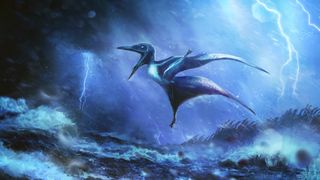
Scientists find baby pterosaurs died in violent Jurassic storm 150 million years ago
By Patrick Pester published
Researchers found storm injuries during a baby pterosaur post-mortem, solving a Jurassic mystery that was 150 million years in the making.

Ancient DNA from Mexico's mammoths reveals unexpected — and unexplained — genetic mysteries
By Jeanne Timmons published
Columbian mammoths in Mexico are genetically different from those in the U.S. and Canada, surprise DNA study reveals.
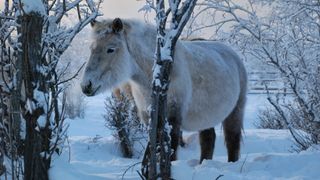
How the mystery origins of hairy little Yakutian horses were uncovered in Siberia's 'gateway to the underworld'
By Ludovic Orlando published
In 2018, a perfectly-preserved foal was pulled from the permafrost in Siberia. It's discovery, along with another horse from the Batagay crater, paved the way for scientists to solve the mystery of how Yakutian horses came to roam the landscape.
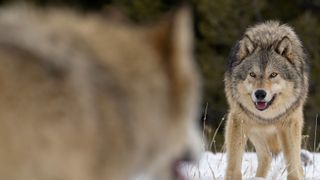
Are alpha males real?
By Victoria Atkinson published
The term "alpha male" was coined in 1970 to describe wolves. But what does science think about the term now?
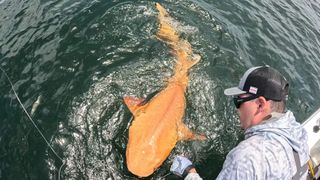
Fishers discover first-of-its-kind bright orange shark with two rare conditions in Caribbean
By Patrick Pester published
Fishers caught a bright orange shark off Costa Rica that had albinism, alongside the species' first scientifically documented case of an extremely rare condition called xanthism.
Get the world’s most fascinating discoveries delivered straight to your inbox.


